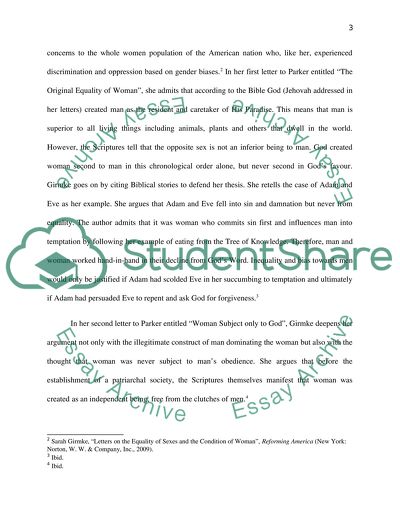Cite this document
(“Reforming America 1815-1860 Essay Example | Topics and Well Written Essays - 1500 words”, n.d.)
Retrieved from https://studentshare.org/history/1435030-reforming-america
Retrieved from https://studentshare.org/history/1435030-reforming-america
(Reforming America 1815-1860 Essay Example | Topics and Well Written Essays - 1500 Words)
https://studentshare.org/history/1435030-reforming-america.
https://studentshare.org/history/1435030-reforming-america.
“Reforming America 1815-1860 Essay Example | Topics and Well Written Essays - 1500 Words”, n.d. https://studentshare.org/history/1435030-reforming-america.


